By Mason B. Webb
Author Richard Bessel’s latest book is, without doubt, a monumental work that goes in depth to chart Germany’s progress from a flattened, vilified foe to a bulwark in Europe’s efforts to resist Communist expansion and takeover.
 The last months of the war were by far the bloodiest and most agonizing as the unrelenting, pitiless Allied pounding, from east and west and above, bludgeoned Nazi Germany into a smoldering, nearly unrecognizable mass. In January alone, as many as one million people died violent deaths.
The last months of the war were by far the bloodiest and most agonizing as the unrelenting, pitiless Allied pounding, from east and west and above, bludgeoned Nazi Germany into a smoldering, nearly unrecognizable mass. In January alone, as many as one million people died violent deaths.
Nor did the cessation of fighting in May bring respite for the German people. In Germany 1945: From War to Peace (Harper, New York, 2009, 544 pp., photographs, bibliography, index, hardcover, $28.99), Bessel describes an infrastructure that had been totally destroyed, along with law and order and all of the human services. Acts of vengeance inflicted by the armies of the conquering nations also contributed to Germany’s complete moral, physical, and spiritual collapse. Looting, rape, starvation, and disease were the four horsemen of the Apocalypse that confronted the surviving Germans at the end of the war.
Yet, with the assistance of the Western allies, Germany was eventually able to right itself and take its place among the civilized nations.
Bessel’s Germany 1945 is an extensively researched and masterfully written portrait of that shattered nation’s emergence from catastrophe, astutely portraying the defeated land’s own sense of victimization after the war, despite the crimes it had perpetrated. While some may question Germany’s seeing itself as the victim instead of the perpetrator of some of the worst crimes in recorded history, the author says that there is no doubt that such an inward view helped it recover from the devastation of war and become the strong, stable nation it is today.
As the dust jacket copy says, “Authoritative and dramatic, Germany 1945 is groundbreaking history that brilliantly explores the devastation and remarkable rebirth of Germany at the end of World War II. Bessel’s startling narrative depicts perhaps the most important transition in modern times: from the worst outburst of violence in human history to a period of relative peace, prosperity, and civilized behavior. Ultimately, it is a success story, a story of life after death.” Very highly recommended.
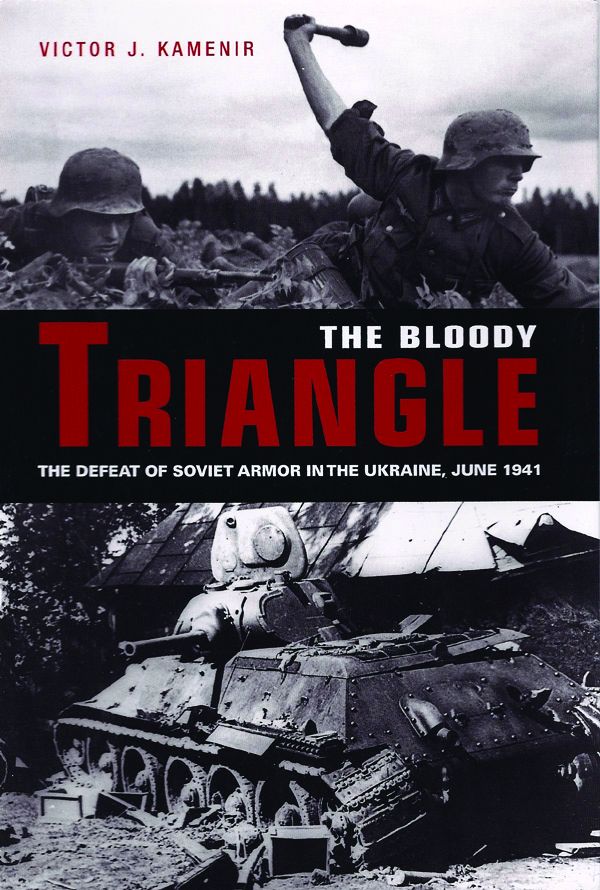 The Bloody Triangle: The Defeat of Soviet Armor in the Ukraine, June 1941, by Victor J. Kamenir, Zenith Press, Minneapolis, 2009, 322 pp., photographs, maps, bibliography, index, hardcover, $30.00.
The Bloody Triangle: The Defeat of Soviet Armor in the Ukraine, June 1941, by Victor J. Kamenir, Zenith Press, Minneapolis, 2009, 322 pp., photographs, maps, bibliography, index, hardcover, $30.00.
Ask just about any history buff in the West to name a famous tank battle in the Soviet Union, and the answer will almost invariably be “Kursk.”
While the Battle of Kursk in July and August 1943 was the largest clash of armor in history (7,600 tanks, over two million men) and resulted in a victory for the Soviets, an earlier tank battle took place shortly after the Germans invaded the Soviet Union on June 22, 1941, with a decidedly different outcome.
Just two days after Operation Barbarossa stunned Stalin and the world, 650 German panzers and 180 assault guns and tank destroyers were battling against overwhelming odds: 1,500 Soviet tanks in a huge, roughly triangular area of approximately 1,800 square miles of difficult terrain between the northwestern Ukranian towns of Lutsk, Dubno, and Bordy. It was an area that would become infamous as “the Bloody Triangle.”
Yet, despite the disparity of numbers, it was the German forces that eventually prevailed, throwing back Soviet counterattacks and inflicting heavy casualties. The Soviet high command wanted to know: How did this German victory come about? How badly did it shake the confidence of the Red Army and the Soviet civilian population? Could the Germans be stopped?
The Soviets learned invaluable lessons from the defeat, lessons they would use to ultimately defeat the seemingly unbeatable German Army in the coming years.
Author Victor Kamenir, a frequent contributor to WWII History and an expert in Russian military history, has put together an incredibly detailed account of this action primarily from a Soviet point of view. It is destined to stand as the definitive work on this savage battle.
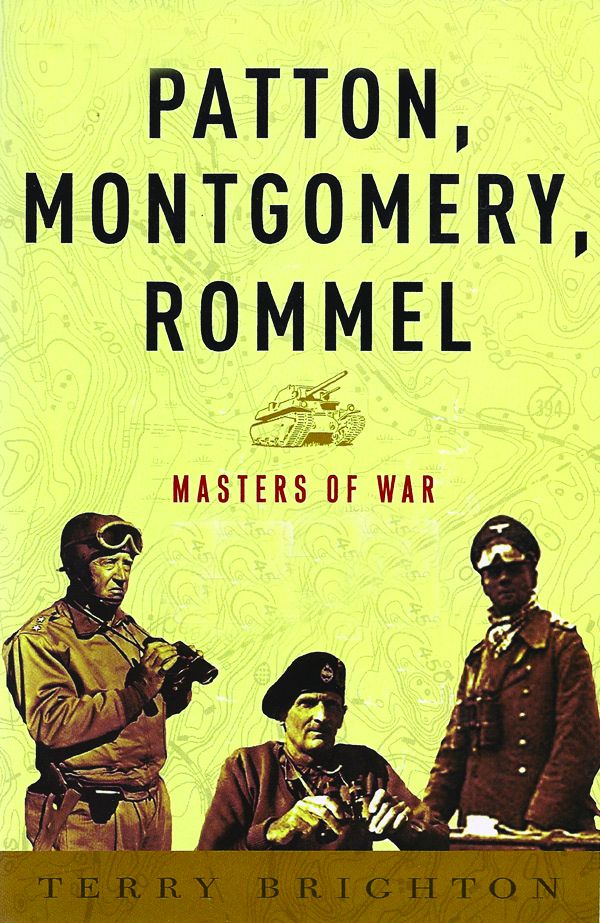 Patton, Montgomery, Rommel: Masters of War, by Terry Brighton, Crown Publishers, New York, 2009, 432 pp., photographs, bibliography, index, hardcover, $30.00.
Patton, Montgomery, Rommel: Masters of War, by Terry Brighton, Crown Publishers, New York, 2009, 432 pp., photographs, bibliography, index, hardcover, $30.00.
Terry Brighton, curator of the Queen’s Royal Lancers Museum in England, has masterfully welded together a compellingly readable triple biography of three of World War II’s most charismatic and enigmatic commanders.
After combing the archives in England, Germany, and the U.S. for previously untapped primary resource material, Brighton applied his own critical eye to come up with a fresh interpretation of how these three masters of war sought the fight, despised the politics, and captured their own glory and places in history.
All three, it must be said, were arrogant publicity seekers who were always looking for a fight, but perhaps it was this desire for the spotlight that helped them achieve greatness on the battlefield. And their explosive, antagonistic relationships with each other, either as ally or enemy, rivaled the ferocity of their armored contests in determining the conduct and outcome of the war.
Some of the questions Brighton explores are: Did Monty always try to steal the thunder from Patton or vice versa? Was Patton anything like actor George C. Scott’s portrayal of him in the classic 1970 film? How would the fortunes of war have changed had Rommel had all the tanks he wanted and needed?
This is a fascinating book that any student of history and leadership will savor. Highly recommended.
 Kamikazes, Corsairs, and Picket Ships: Okinawa, 1945, by Robin L. Rielly, Casemate, Philadelphia, 2009, 435 pp., photographs, maps, bibliography, index, hardcover, $34.95.
Kamikazes, Corsairs, and Picket Ships: Okinawa, 1945, by Robin L. Rielly, Casemate, Philadelphia, 2009, 435 pp., photographs, maps, bibliography, index, hardcover, $34.95.
During the long and intense struggle for the island of Okinawa in the spring of 1945, it was the American radar picket ships that warned the naval commanders when a massive swarm of Japanese kamikaze pilots and planes was on its way to wreak havoc on the assembled warships standing guard over the amphibious forces coming ashore.
The U.S. fleet and its accompanying air power that took station off Okinawa were of gigantic proportions; the Japanese could rely only on wave after wave of suicide pilots willing to die in order to inflict critical damage and perhaps reverse the tide of war.
While losses in the U.S. fleet, including damage to ships such as the aircraft carriers Enterprise and Intrepid, have been well covered, there has been less information published about the terrific battle waged by these Japanese marauders against the radar picket line, the fleet’s outer defense.
Of the 206 ships that served on radar picket duty at Okinawa, 29 percent were either sunk or damaged by Japanese air attacks, making theirs the most hazardous naval surface duty in World War II.
The story of this no-holds-barred battle is told in Robin Rielly’s new book, Kamikazes, Corsairs, and Picket Ships. Entire squadrons of kamikaze were blasted from the sky by U.S. Navy, Marine, and Army fighters maintaining a combat air “umbrella” over the fleet. Shipboard gunners, too, took their toll of enemy planes that managed to slip through this umbrella. Once the Japanese pilots realized that their efforts to strike the capital ships were futile, they turned their attention and their fury against the first floating targets they saw, the radar picket ships.
With a crisp, engrossing narrative, Rielly puts the reader right onto the blazing decks and into the cockpits of the attackers and defenders during one of the most hard-fought engagements of the entire war.
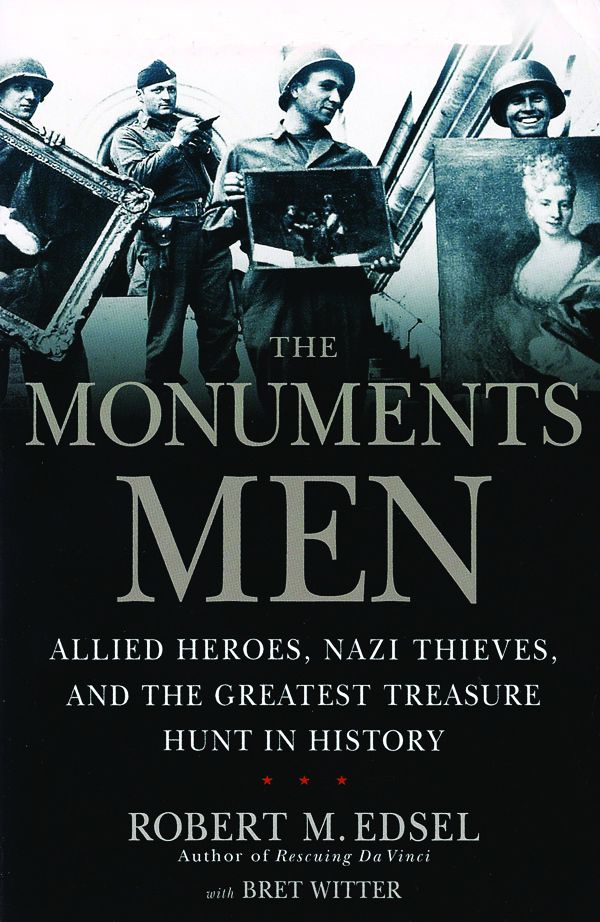 The Monuments Men: Allied Heroes, Nazi Thieves, and the Greatest Treasure Hunt in History, by Robert M. Edsel, Center Street Press, New York, 2009, 460 pp., photographs, bibliography, index, hardcover, $26.99.
The Monuments Men: Allied Heroes, Nazi Thieves, and the Greatest Treasure Hunt in History, by Robert M. Edsel, Center Street Press, New York, 2009, 460 pp., photographs, bibliography, index, hardcover, $26.99.
In our previous issue, we reviewed The Venus Fixers by Ilaria Dagnini Brey, an account of how Allied art experts worked to save the irreplaceable art treasures of Italy from the ravages of war. The Monuments Men is of a similar vein, but with an expanded scope—all of Europe.
As the world now knows, in addition to their other crimes against humanity the Nazis were also ruthless plunderers of art from private collections, galleries, museums, churches, everywhere. Men such as Adolf Hitler and Hermann Göring had immense personal collections of art stolen from an entire continent. In Hitler’s case, much of the art was put on display for the edification of the public at the House of German Art in Munich.
Another group of men and women, usually working anonymously, toiled tirelessly to prevent these treasures from falling into enemy hands or, worse yet, from being damaged or destroyed by the horrific bombing, shelling, and urban fighting that ravaged Europe’s cities. They were known collectively as “the Monuments Men.”
Author Robert Edsel has done a masterful job of pulling this little-known story of selfless heroism together and documenting the efforts that went into saving many of mankind’s most important artistic achievements.
Drawn from 13 different nations, the men and women who made up this unique unit (The Monuments, Fine Arts and Archives Section) were volunteers with expertise as museum directors, curators, art scholars and educators, artists, architects, and archivists.
Initially, the job of this group of unarmed soldiers was to mitigate combat damage to structures such as churches, museums, and other architectural monuments. As the war progressed and the German border was breached, their focus shifted to locating movable works of art and other cultural items stolen or otherwise missing.
As the author confesses in the foreword, due to the length of the work, he was unable to include the Monuments Men’s activities in Italy. Happily, Ilaria Dagnini Brey’s The Venus Fixers fills in that gap nicely. Together, these two books should be considered a “set” for anyone who wants to know more about this fascinating chapter of history.
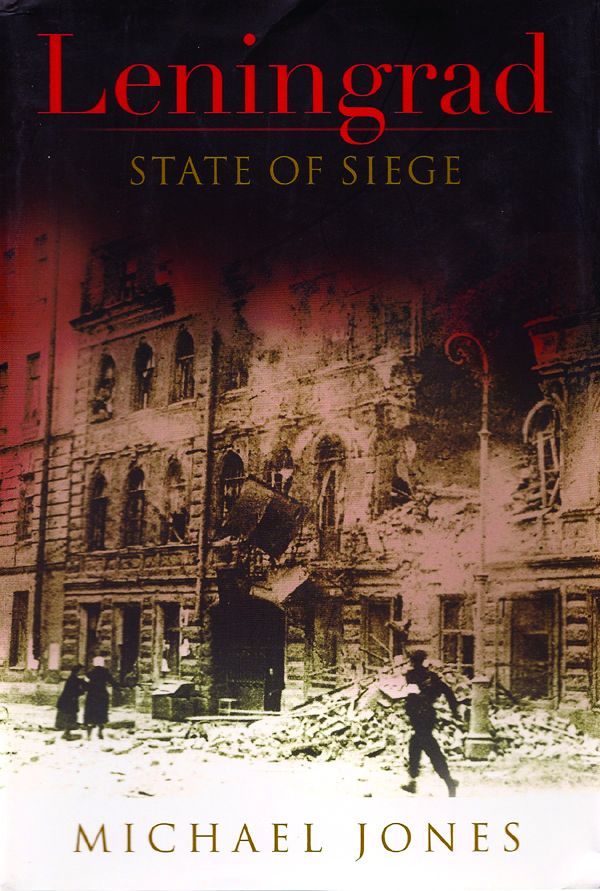 Leningrad: State of Siege, by Michael Jones, Basic Books, New York, 2009, 322 pp., photographs, bibliography, index, hardcover, $27.95.
Leningrad: State of Siege, by Michael Jones, Basic Books, New York, 2009, 322 pp., photographs, bibliography, index, hardcover, $27.95.
Few cities have ever undergone the kind of relentless assault that Leningrad endured for 872 days. No matter how hard the German Army tried to smash the city and its combined military and civilian resistance, the stronger the resistance became.
Battered, starved, frozen, and thought to be many times at the end of their rope, the defenders of Leningrad fought off one attack after another, endured one more horrendous, unceasing artillery barrage or aerial bombardment. By the time the Germans gave up and retreated in January 1944, a million people in Leningrad lay dead.
Michael Jones has captured all the horror, heartbreak, and courage in this impressive work. Drawing on newly uncovered diaries, eyewitness accounts, and other sources, Jones presents stories of both an honorable and shameful nature ––the looting, cannibalism, and despicable acts by criminal gangs in the shattered city.
He also explores the immense psychological strength on which the citizens drew to survive the unprecedented onslaught. At the height of the siege, for example, an extraordinary live performance of Shostakovich’s magisterial Seventh Symphony seemed to profoundly strengthen the city’s will to survive. When the surrounding German troops heard the concert’s radio broadcast, one Wehrmacht soldier remarked, “We began to understand we would never take Leningrad.”
Leningrad: State of Siege is a work of immense power that will help readers gain a new appreciation for the remarkable courage of people in wartime. Don’t miss it.
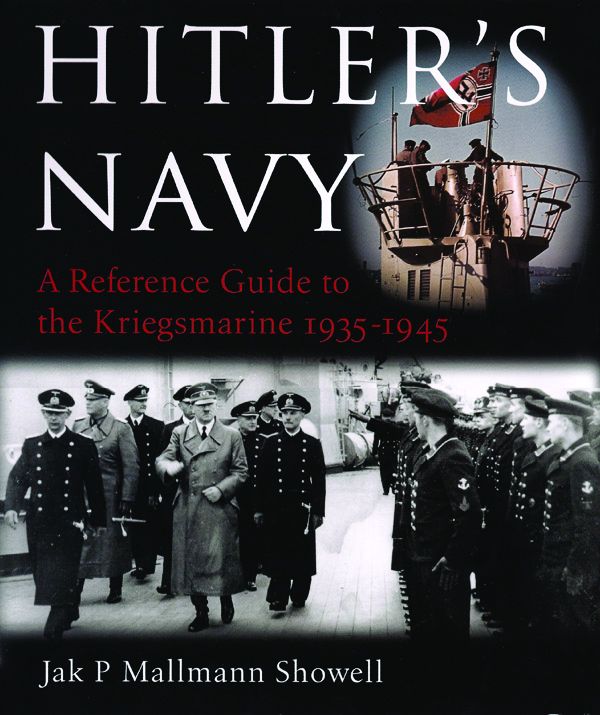 Hitler’s Navy: A Reference Guide to the Kriegsmarine, 1935-1945, 1935-1945, by Jak P. Mallmann Showell, Naval Institute Press, Annapolis, 2009, 224 pp., photographs, index, bibliography, hardcover, $69.95.
Hitler’s Navy: A Reference Guide to the Kriegsmarine, 1935-1945, 1935-1945, by Jak P. Mallmann Showell, Naval Institute Press, Annapolis, 2009, 224 pp., photographs, index, bibliography, hardcover, $69.95.
Showell’s handsome, lavishly illustrated, oversized volume brilliantly captures the scope of the German Navy during the Third Reich. Crisp color and black-and-white photos, accompanied by detailed text and numerous charts, provide the reader with a fascinating inside look at all aspects of the Kriegsmarine and how it went from being the world’s most modern and formidable seagoing force to its woefully under-utilized state by the middle of the war.
Here are spectacular views and data of the famous German warships––the Bismarck, Scharnhorst, Graf Spee, the carrier Graf Zeppelin, plus a host of submarines and lesser-known ships––along with the bases that sheltered them and the shipyards that built them. An added bonus is an extensive section on German naval uniforms, badges, insignia, and small-arms weapons.
Truly an outstanding reference work that belongs on every naval enthusiast’s bookshelf.
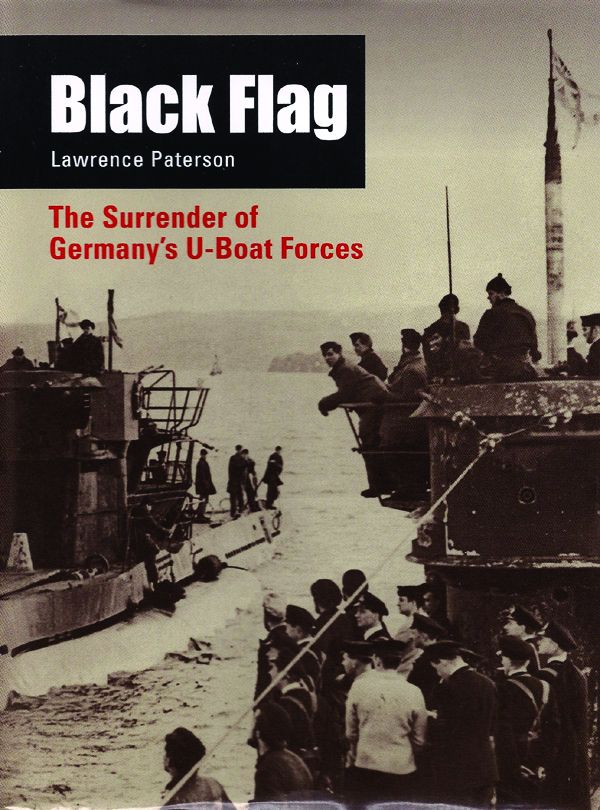 Black Flag: The Surrender of Germany’s U-Boat Forces, by Lawrence Paterson, Zenith Press, Minneapolis, 2009, 196 pp., photographs, bibliography, index, hardcover, $30.00.
Black Flag: The Surrender of Germany’s U-Boat Forces, by Lawrence Paterson, Zenith Press, Minneapolis, 2009, 196 pp., photographs, bibliography, index, hardcover, $30.00.
A fine companion piece to Showell’s work is Paterson’s in-depth look at the ignominious end of the once-mighty and mightily feared German U-boat fleet.
In May 1945, Nazi Germany surrendered to the Allies against whom it had fought for the previous six years. Over the course of the war, the German submarine force had waged war in four oceans and five seas, wreaking havoc on Allied military and civilian vessels alike.
On the eve of surrender, German U-boats were spread in bases from France to Norway, where cadres of submariners fought on in ports that defied besieging Allied troops to the bitter end. At sea, Admiral Karl Dönitz’s men still operated on a war footing around Britain, the U.S. coasts, and as far away as Malaya.
Following the agreement to surrender, these large formations needed to be disarmed, corraled, and returned to port, a tense, often dangerous proposition for the sometimes inferior captors. For many Allied personnel, it was their first glimpse of the dreaded U-boat menace, and neither side knew exactly what to expect. In some cases, there were unsavory incidents, and worse.
One of the last but most dramatic acts of the naval war, the story of exactly how the surrender was handled, has never been treated at length before. Naval expert Paterson uncovers much new material about the process itself and the ruthless aftermath for both the crews and their boats.
Short Bursts
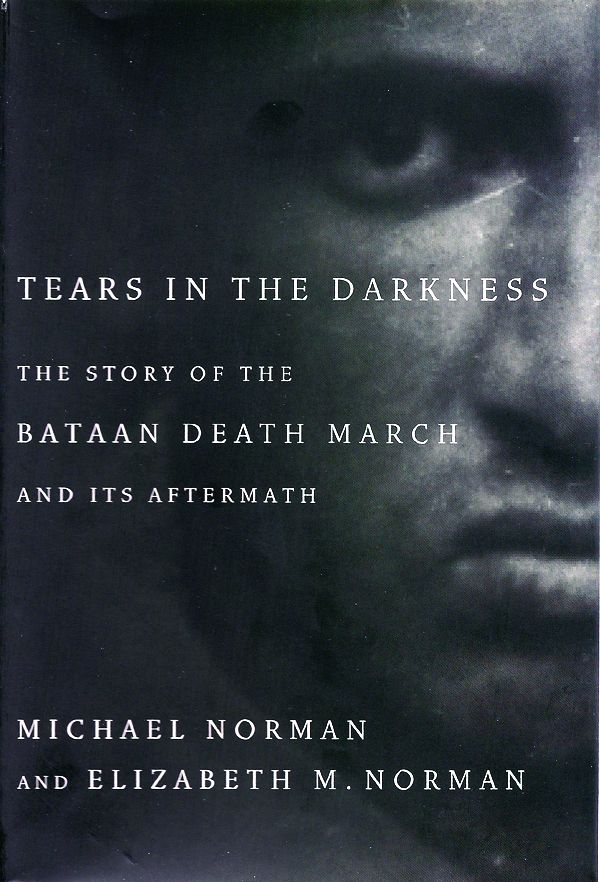 Tears in the Darkness: The Story of the Bataan Death March and Its Aftermath, by Michael Norman and Elizabeth M. Norman, Farrar, Straus, Giroux, New York, 2009, 464 pp., photographs, index, hardcover, $30.00.
Tears in the Darkness: The Story of the Bataan Death March and Its Aftermath, by Michael Norman and Elizabeth M. Norman, Farrar, Straus, Giroux, New York, 2009, 464 pp., photographs, index, hardcover, $30.00.
During the first four months of 1942, American, Filipino, and Japanese soldiers fought what was to become America’s first major land battle of World War II, the struggle for the tiny Philippine peninsula of Bataan. The brutal fight ended with the surrender of 76,000 Americans and Filipinos, the single largest defeat in U.S. military history. Thousands of them died of disease, infected wounds, or were murdered by their captors during their long march into captivity.
Although it reads like a novel, Tears in the Darkness is all fact, based on the life of Ben Steele, a young cowboy and artist from Montana who joined the Army to see the world and ended up a prisoner on the infamous Bataan Death March.
In the end, his is a story that goes beyond survival during one of the darkest periods in American military history, a story of how one man’s abiding humanity sustained him.
Juxtaposed against Steele’s story and the sobering tale of the death march and its aftermath are the heretofore untold accounts of a number of ordinary Japanese soldiers who struggled to maintain their own sense of humanity while carrying out their superiors’ inhuman orders.
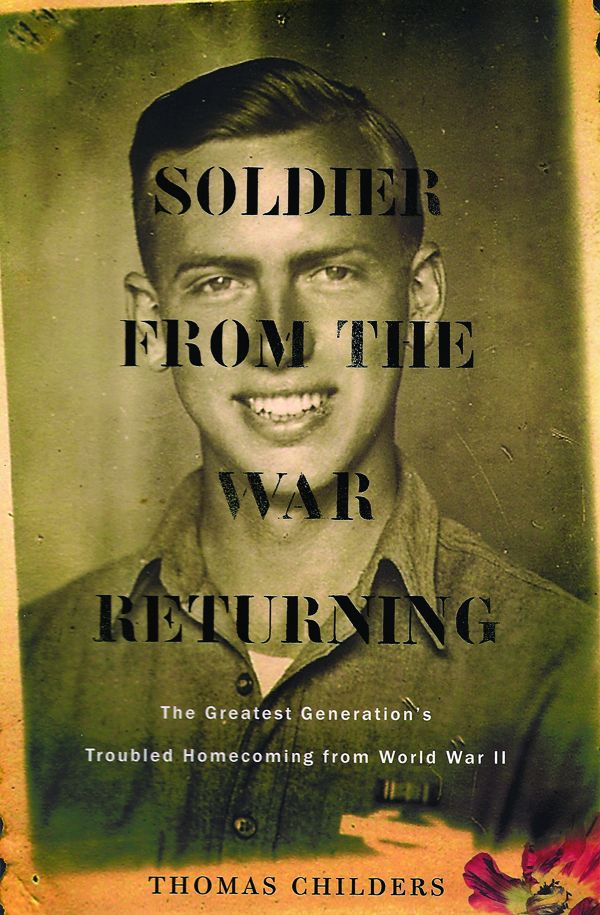 Soldier from the War Returning: The Greatest Generation’s Troubled Homecoming from World War II, by Thomas Childers, Houghton Mifflin Harcourt, Boston, 2009, 340 pp., photographs, index, hardcover, $26.00.
Soldier from the War Returning: The Greatest Generation’s Troubled Homecoming from World War II, by Thomas Childers, Houghton Mifflin Harcourt, Boston, 2009, 340 pp., photographs, index, hardcover, $26.00.
A common myth today is that the World War II soldier came home flushed with victory, married his sweetheart, got a job, bought a home, had kids, and lived happily ever after. Such a storybook ending, unfortunately, was far from the reality, as author Thomas Childers poignantly makes clear in Soldier from the War Returning.
With acute sensitivity, Childers interweaves the intimate stories of three families, including his own, with a decade’s worth of research to paint a dramatically different picture of what the war did to many of the surviving veterans.
Drawing on interviews, diaries, oral histories, and government documents, Childers reveals the true human cost of the conflict and its postwar trauma. In 1946, for example, 10,000 American veterans a month were being diagnosed with psychoneurotic disorders, then called “battle fatigue” (today known as post-traumatic stress disorder, or PTSD). The result was alcoholism, unemployment, anxiety, and other psychological manifestations, and widespread homelessness, leading to a spike in domestic violence, abuse, and a skyrocketing divorce rate.
Describing this dark underbelly of victory could become maudlin or coldly clinical in lesser hands, but Childers’s prose is literate and hauntingly beautiful, even novelistic at times.
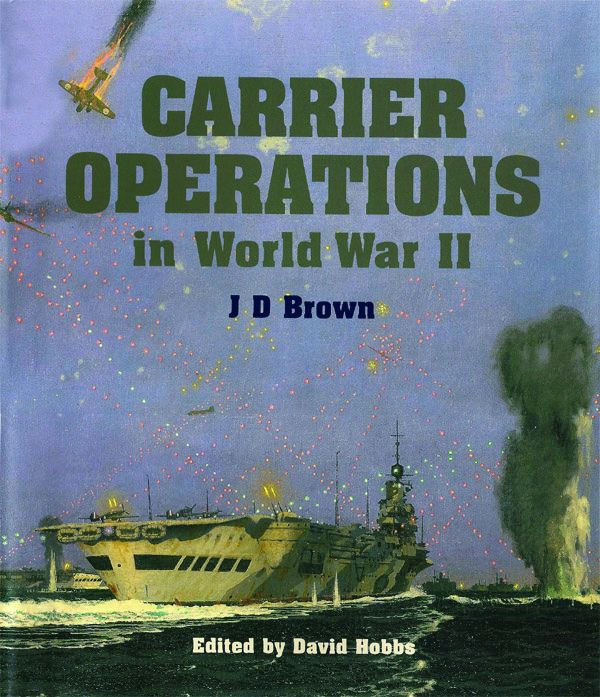 Carrier Operations in World War II, by J.D. Brown, Naval Institute Press, Annapolis, 2009, 304 pp., photographs, index, hardcover, $72.95.
Carrier Operations in World War II, by J.D. Brown, Naval Institute Press, Annapolis, 2009, 304 pp., photographs, index, hardcover, $72.95.
This exhaustive and authoritative work, according to the foreword, “gives a clear view of every [British and American] carrier operation in World War II for the first time and accurately lists ships, air squadrons, locations and activities, highlighting both the strategic and tactical value of naval operations in the first war in which it played a major part.”
Indeed, so complete is Brown’s work that it could have been titled Everything You Ever Wanted To Know About Carrier Operations in WWII––and Then Some. There are charts, graphs, and hundreds of photos, some of the never-before-published variety, that describe in fine detail what Britain’s and America’s flattops were doing in every theater of action.
A Royal Navy veteran, J.D. Brown was head of the Royal Naval Historical Branch before his untimely death in 2001. At the time of his passing, he was working on this, the final volume of his trilogy that detailed carrier operations in World War II. From the incomplete manuscript and handwritten notes, Brown’s good friend and naval aviation expert David Hobbs completed the work. Brown’s book can truly be considered the “Bible” of carrier operations.
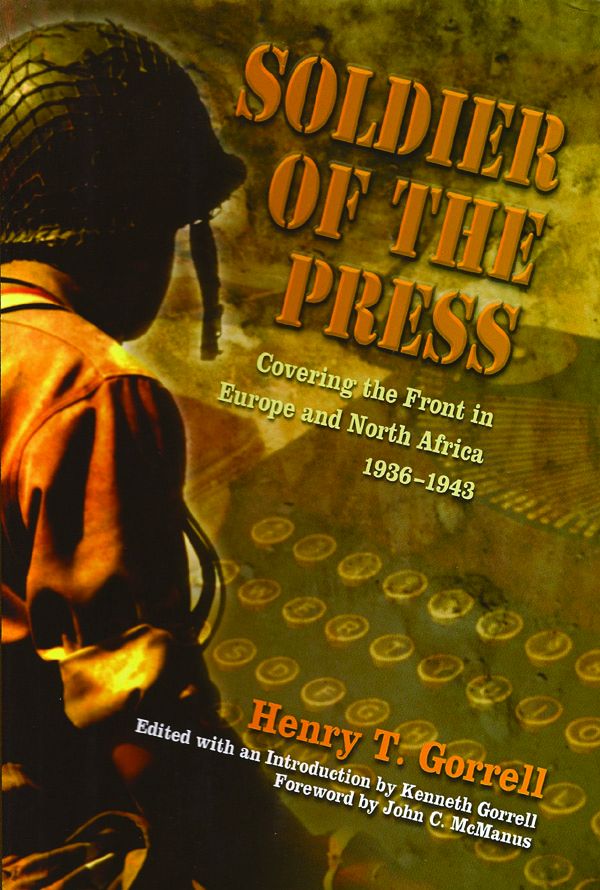 Soldiers of the Press: Covering the Front in Europe and North Africa, 1936-1943, by Henry T. Gorell, University of Missouri Press, Columbia, 2009, 314 pp., photographs, index, hardcover, $34.95.
Soldiers of the Press: Covering the Front in Europe and North Africa, 1936-1943, by Henry T. Gorell, University of Missouri Press, Columbia, 2009, 314 pp., photographs, index, hardcover, $34.95.
Other than Ernie Pyle, Richard Tregaskis, Andy Rooney, and Edward R. Murrow, most of the war correspondents of World War II are a largely forgotten bunch. And yet, they were usually found in foxholes at the front or flying above the battlefields or storming a beachhead or standing aboard warships with their typewriters and note pads, braving everything that the soldiers, sailors, airmen, and Marines were experiencing just so their readers back home would know what their sons and fathers and boyfriends were doing.
Along comes a book by former United Press correspondent Henry “Hank” Gorrell that covers the period from the bloody Spanish Civil War in 1936 until North Africa in April 1943, and plunges the reader into the heat of battle while revealing the dangers felt by the war reporters of that bygone era. He accurately tells us what the war looked like, sounded like, smelled like, felt like.
What makes Gorrell’s account even more special is the fact that his son, Kenneth Gorrell, discovered the original manuscript in a family attic. It is presented here in its entirety for the first time after 60 years, and remarkable it is.
 “Football! Navy! War!” How Military “Lend-Lease” Players Saved the College Game and Helped Win World War II, by Wilbur D. Jones, Jr., McFarland, Jefferson, NC, 2009, 277 pp., photographs, index, bibliography, softcover, $35.00.
“Football! Navy! War!” How Military “Lend-Lease” Players Saved the College Game and Helped Win World War II, by Wilbur D. Jones, Jr., McFarland, Jefferson, NC, 2009, 277 pp., photographs, index, bibliography, softcover, $35.00.
In his highly entertaining book, Jones, a retired Navy captain, chronicles the experiences of some of America’s top college football players as they enlisted to fight for their country while still playing the game they loved.
During the war, the military and colleges joined forces, fielding competitive, racially integrated teams to prepare men for combat. Many of the games were played before huge crowds. This book relates the Department of the Navy’s role in preserving the game and national morale through the “Lend-Lease” of officer candidates, including scores of All-American stars and professionals such as Charley Trippi, Elroy “Crazy Legs” Hirsch, Glenn Davis, Doc Blanchard, Otto Graham, Charlie “Choo-Choo” Justice, Verne Gagne, Frankie Sinkwich, coach Paul Brown, and many others.
It was not all fun and games, however, as Jones points out. “Six hundred thirty-eight active players served in the armed forces, and 69 were decorated. Twenty-one lost their lives: 19 active or former players, an ex-head coach [Marine lieutenant Jack Chevigny, Chicago Cardinals, at Iwo Jima], and a team executive.”
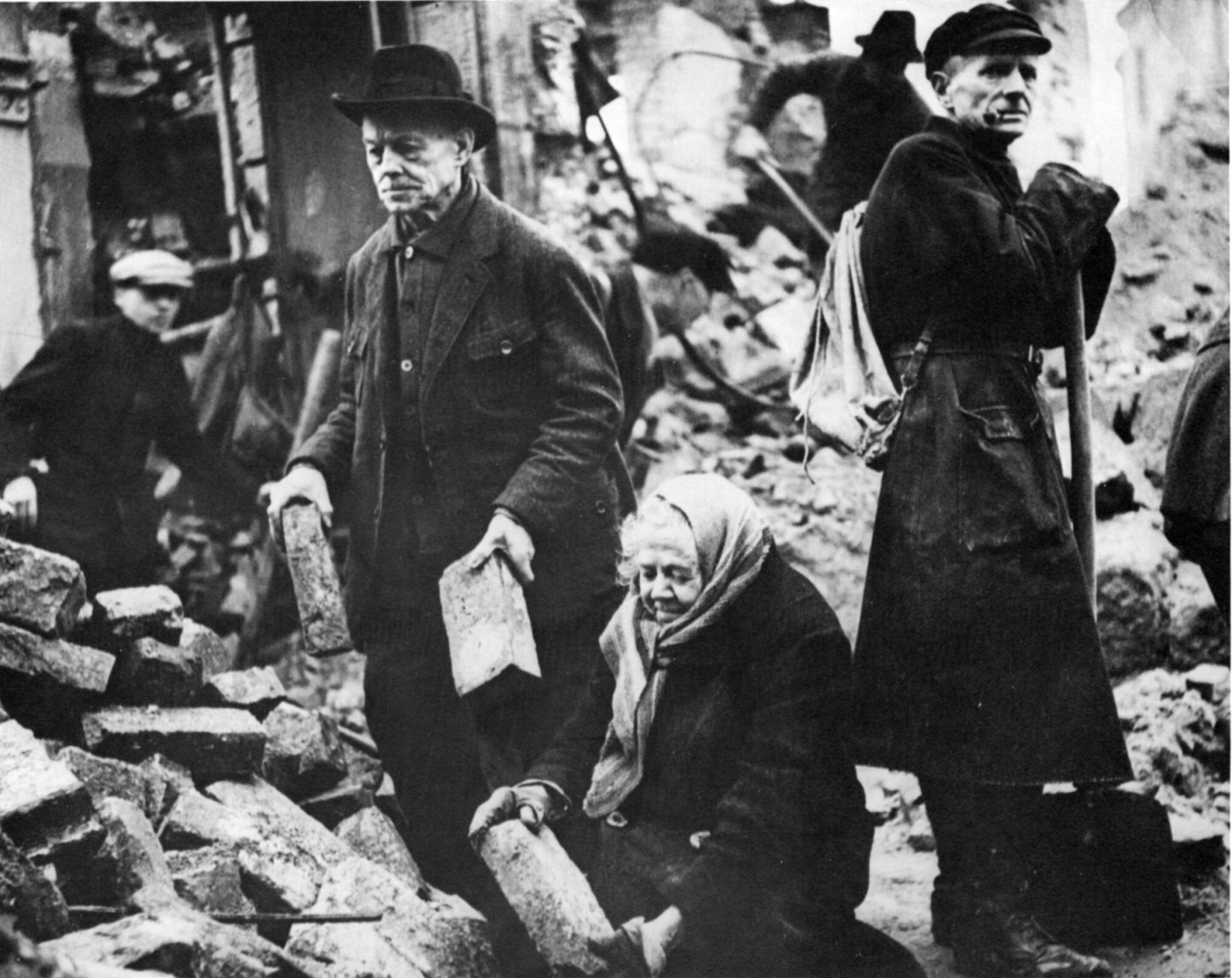
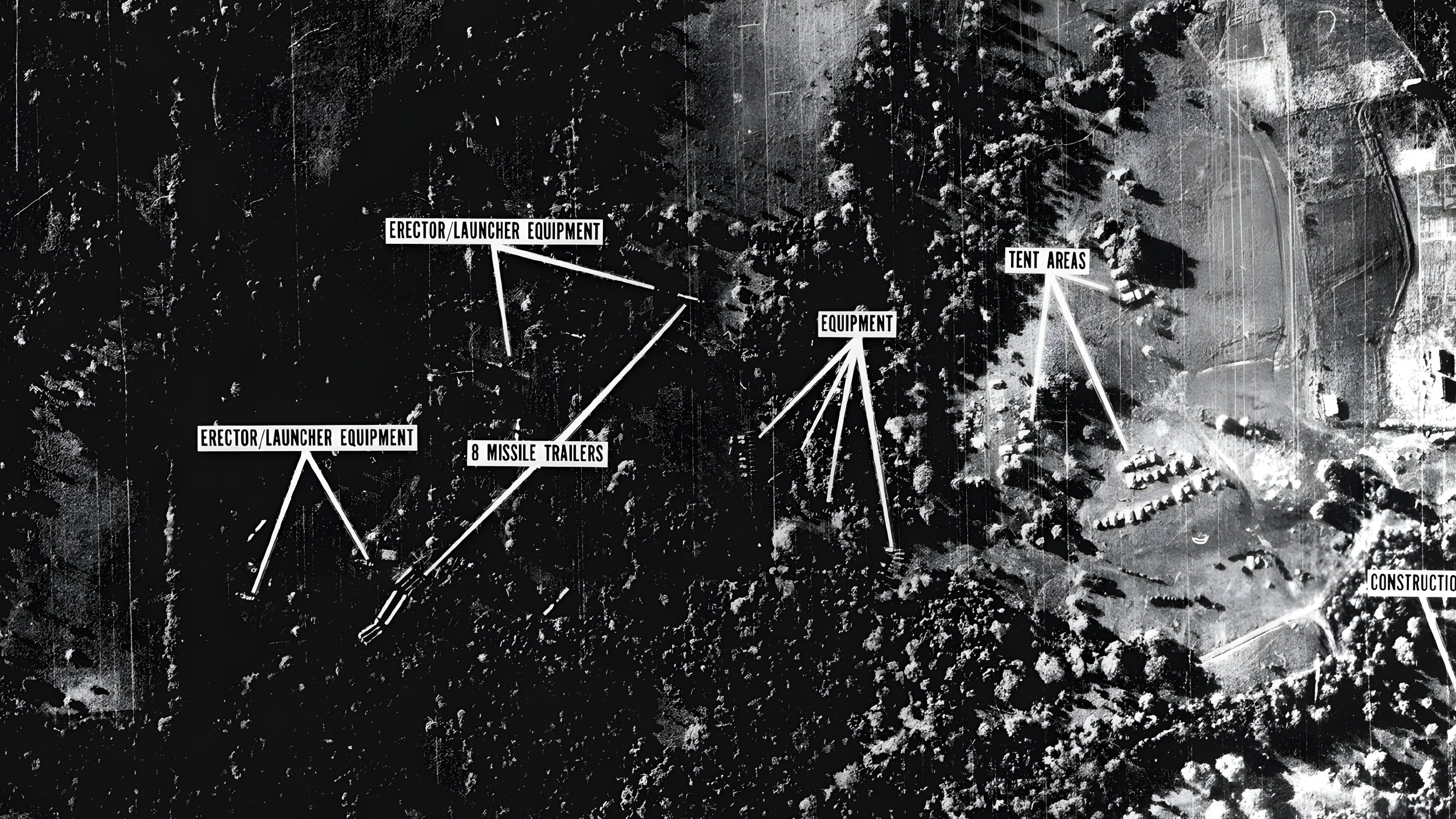
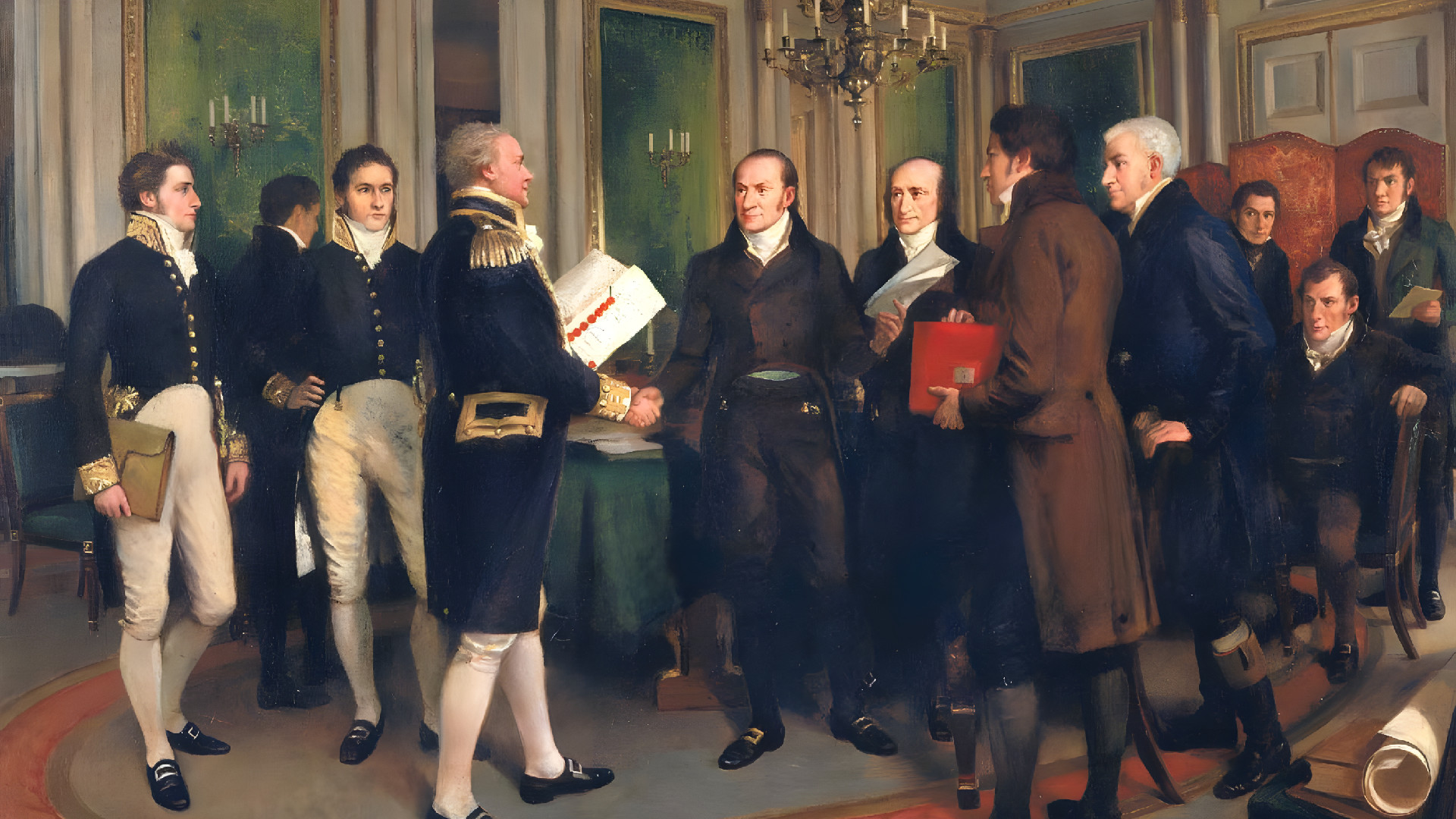
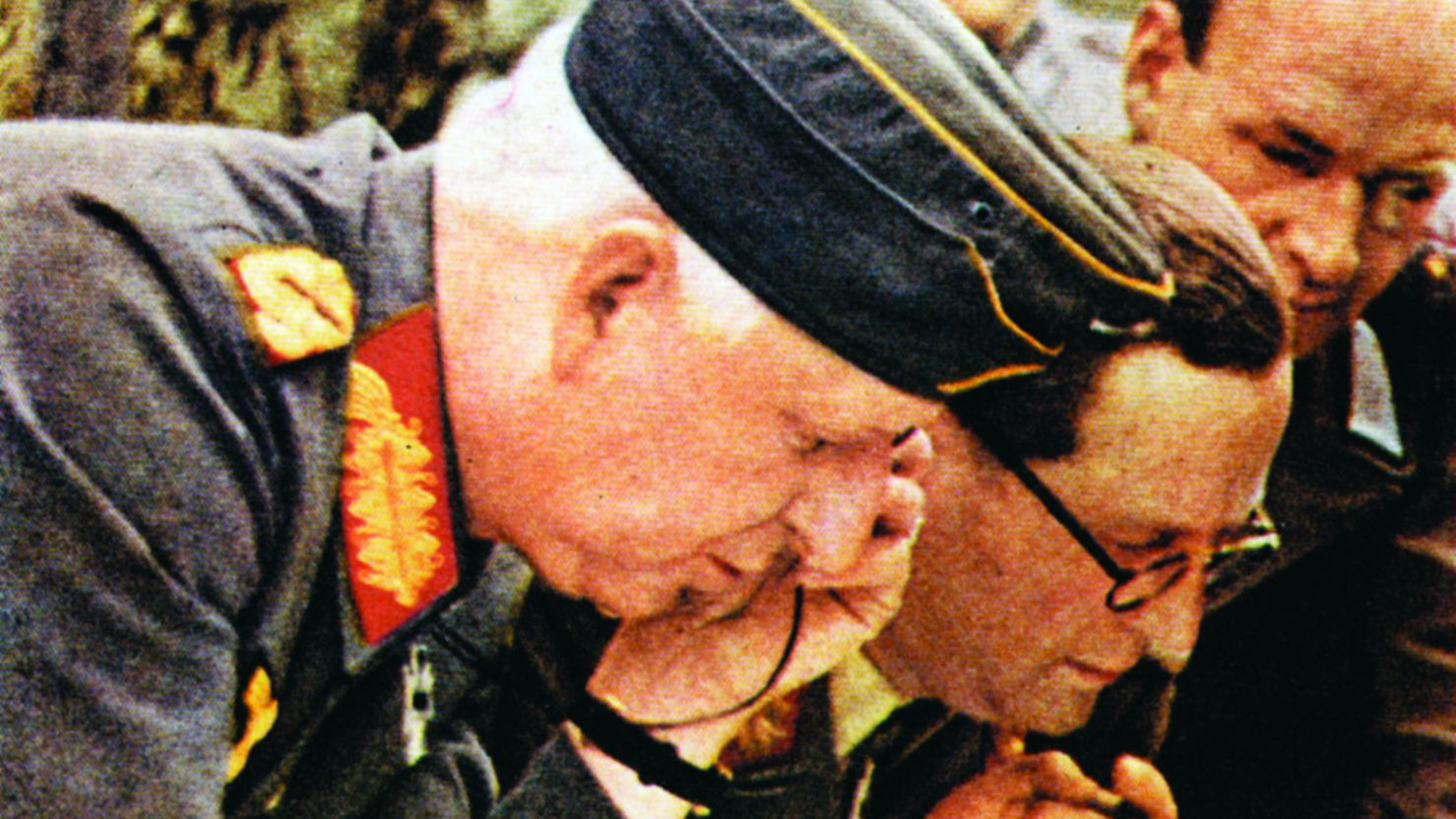
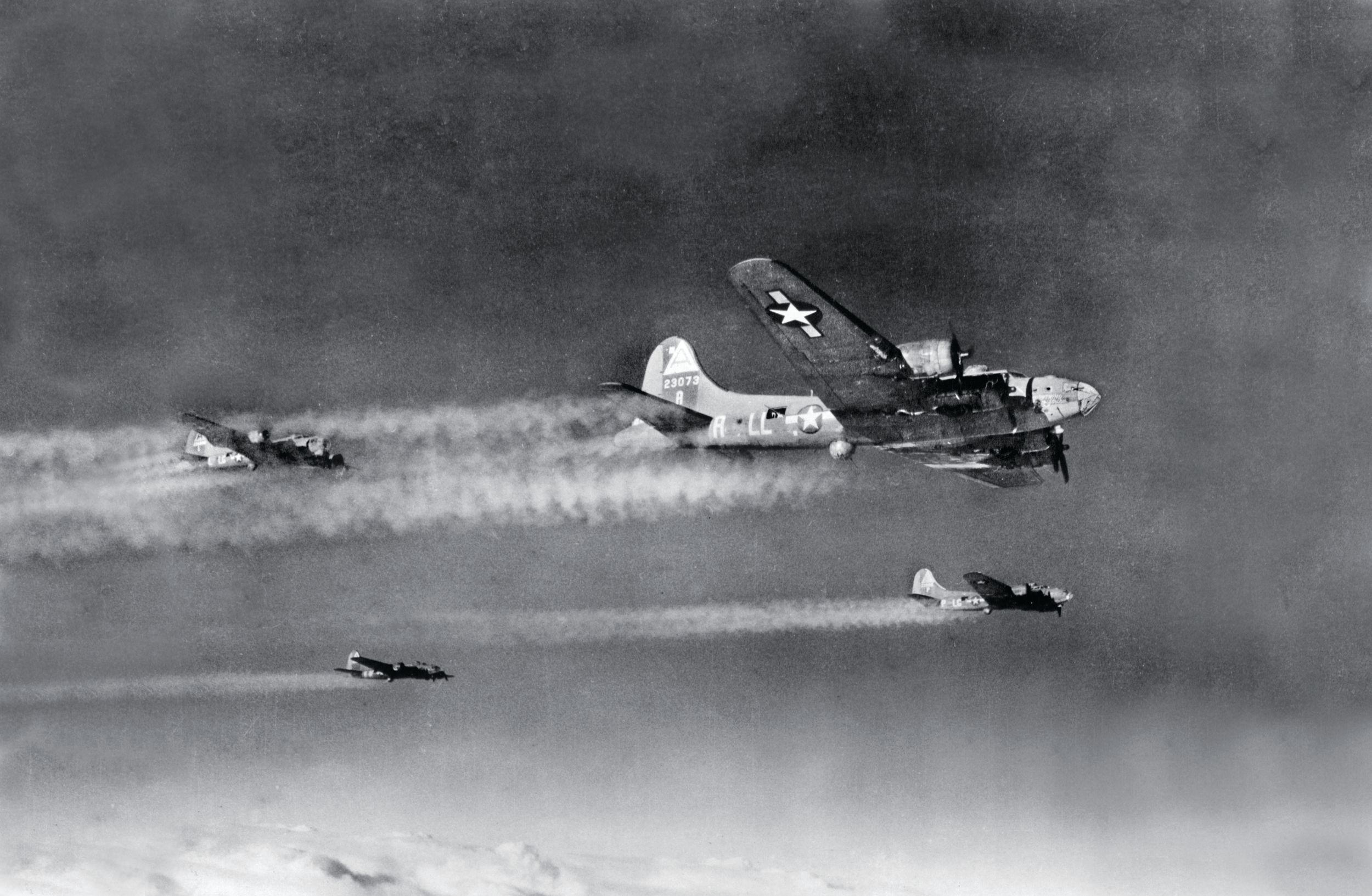
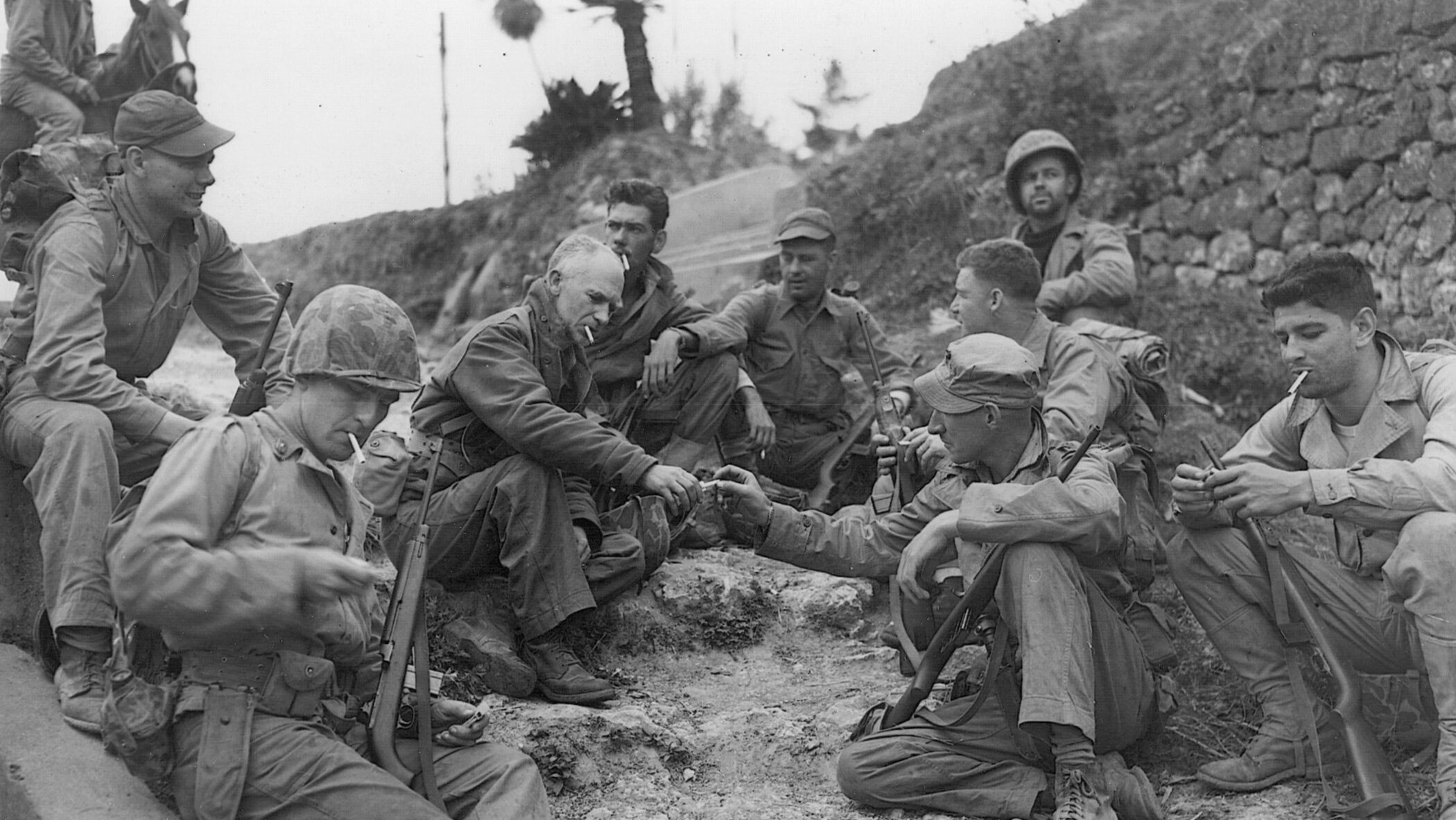
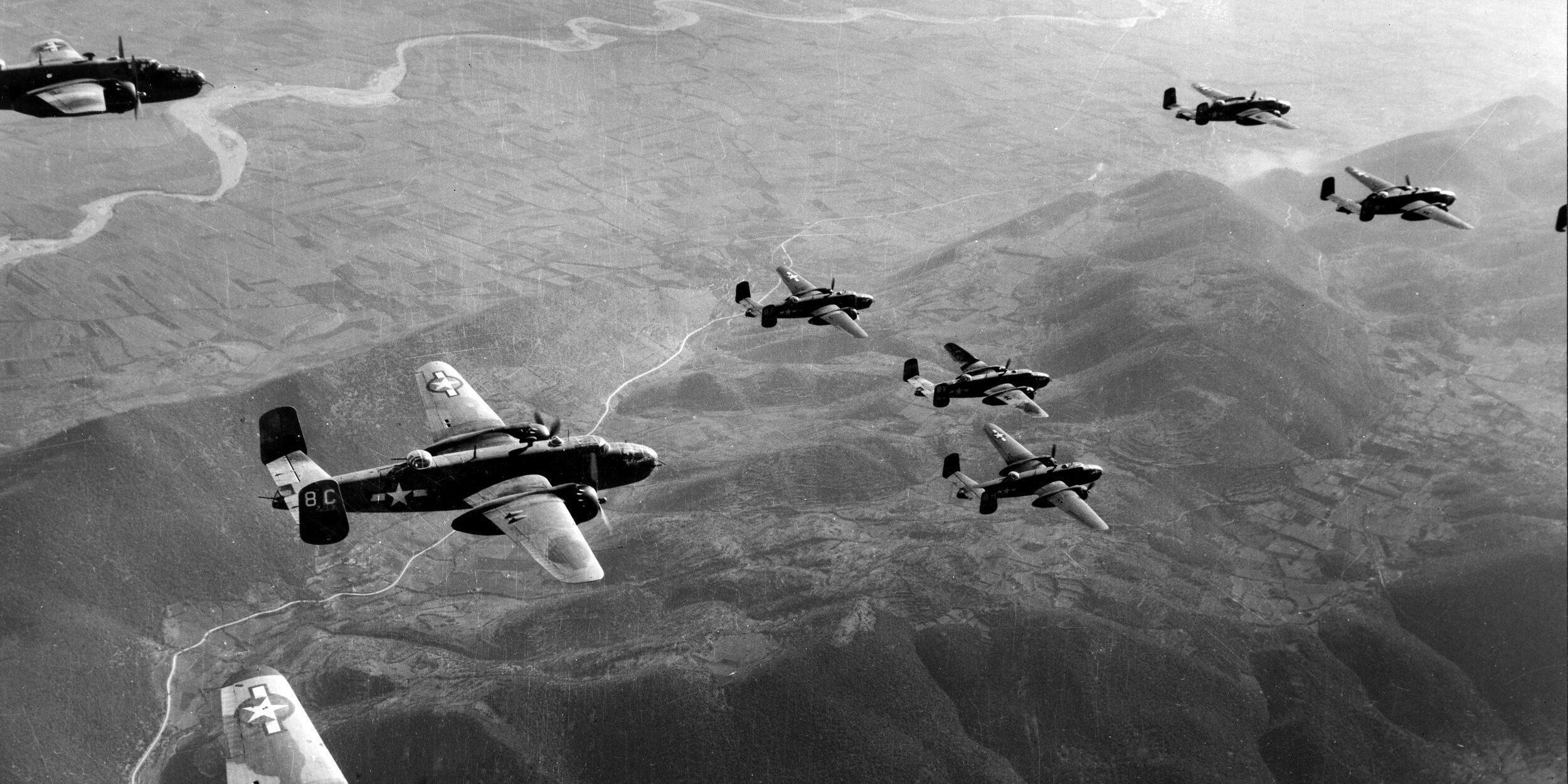
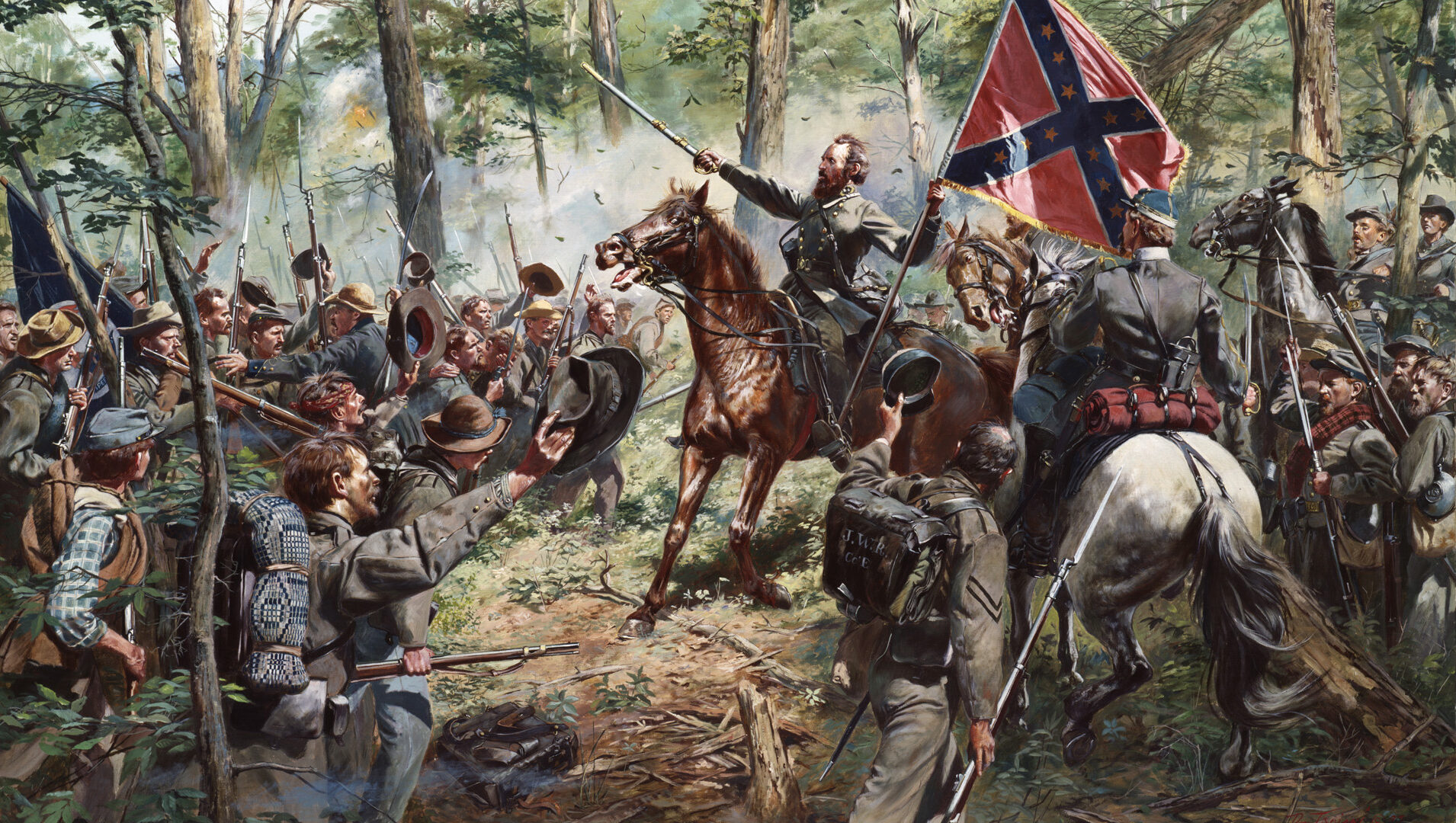
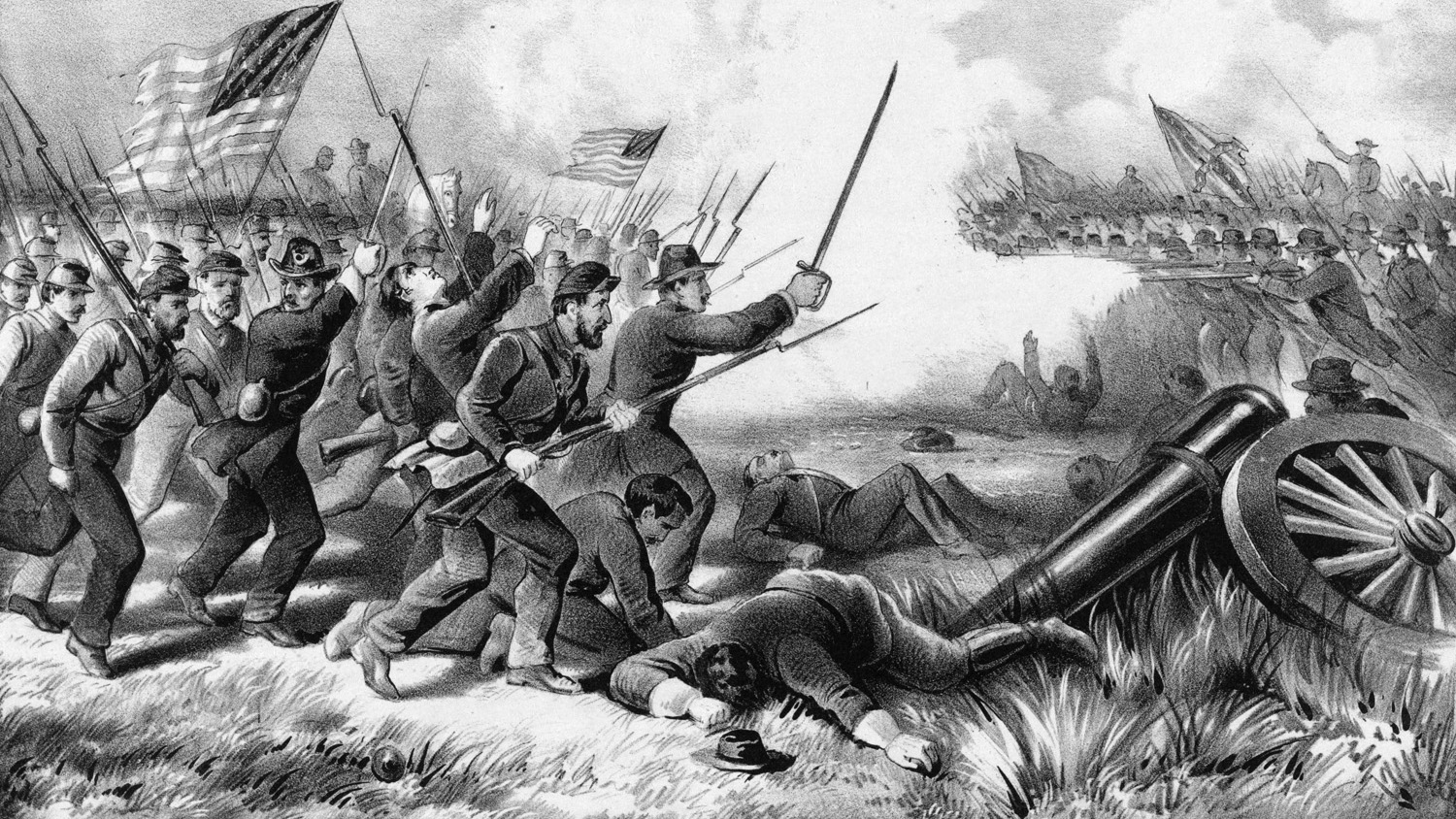
Join The Conversation
Comments
View All Comments